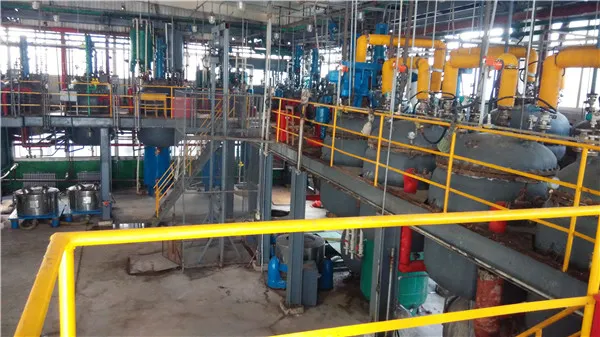Understanding Dry Polyacrylamide Applications and Benefits
Polyacrylamide is a versatile polymer widely used in various industries due to its unique properties. Among its forms, dry polyacrylamide stands out for its practical applications and benefits. This article explores what dry polyacrylamide is, its chemical characteristics, applications, advantages, and environmental considerations.
What is Dry Polyacrylamide?
Dry polyacrylamide is a white, granular powder that is produced by the polymerization of acrylamide monomers. Its structure allows for the formation of a water-soluble polymer that can assist in various chemical and physical processes. When hydrated, this polymer can absorb large amounts of water, swelling to form a gel-like substance used in a multitude of applications.
Chemical Characteristics
The primary characteristic of dry polyacrylamide is its ability to form a hydrogel when it absorbs water. This property is attributed to its high molecular weight and the presence of amide groups in its structure, which contribute to its hydrophilicity. Polyacrylamide can exist in different formulations, including anionic, cationic, and nonionic types, each presenting various properties based on the ionic charge. This makes it customizable for specific applications.
Applications of Dry Polyacrylamide
Dry polyacrylamide's applications are extensive, particularly in industries such as agriculture, wastewater treatment, and oil recovery.
1. Agriculture In the agricultural sector, dry polyacrylamide is utilized in soil conditioning. When applied to soil, it improves water retention, reduces erosion, and enhances seed germination. Its ability to retain moisture helps crops withstand periods of drought, making it an invaluable tool for enhancing agricultural productivity.
dry polyacrylamide

2. Wastewater Treatment In treating wastewater, dry polyacrylamide serves as a flocculant, aiding in the aggregation of particles to form larger flocs that can be easily removed from liquids. This process enhances the clarity of water and significantly reduces the cost of treatment processes by minimizing the need for extensive filtration systems.
3. Oil Recovery The oil industry also benefits from dry polyacrylamide. It is used in enhanced oil recovery processes, where it helps to improve the viscosity of water injected into oil reservoirs. By modifying the flow properties of the water, dry polyacrylamide facilitates better oil extraction rates.
Advantages of Dry Polyacrylamide
The utilization of dry polyacrylamide offers numerous advantages
- High Absorbency Dry polyacrylamide can absorb many times its weight in water, making it highly effective in retaining moisture in various applications. - Cost-effective Its ability to optimize processes in industries such as agriculture and wastewater treatment can lead to significant cost savings. - Environmentally Friendly Polyacrylamide is considered safe for the environment when used responsibly, as it can be biodegradable under specific conditions.
Environmental Considerations
Despite its benefits, the use of dry polyacrylamide raises concerns regarding its safety. Acrylamide, the monomer from which it is derived, is a neurotoxin and a potential carcinogen when handled improperly. Nevertheless, when used within regulatory guidelines, dry polyacrylamide is generally safe for the applications mentioned above.
Conclusion
Dry polyacrylamide is a multifunctional polymer with significant utility across various industries. Its ability to enhance water retention in agriculture, facilitate wastewater treatment processes, and improve oil extraction techniques underscores its value. While it offers substantial benefits, it remains crucial to handle and use this polymer responsibly to mitigate any environmental or health risks. As research continues to evolve, dry polyacrylamide's applications could expand further, solidifying its role as a key component in sustainable industrial practices.

